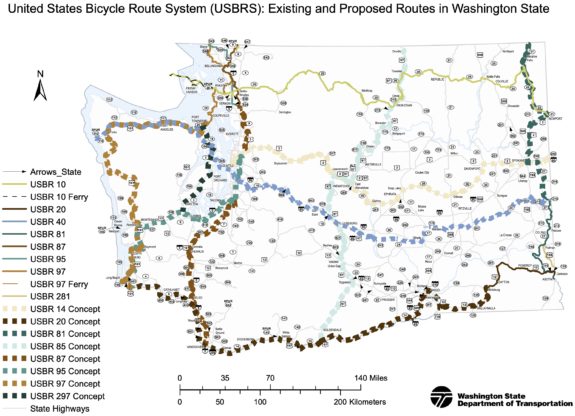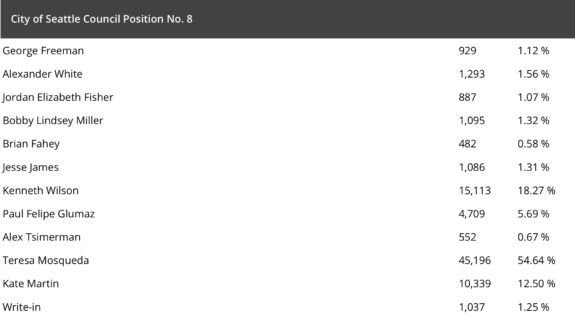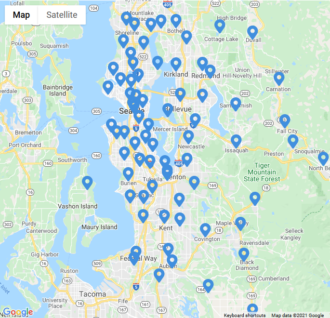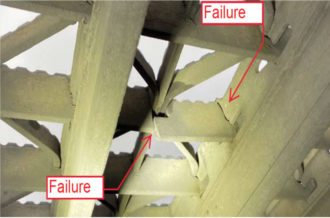The Seattle Bicycle Advisory Board is seeking three new members to start two-year terms in the fall. This term will cover some very important decisions for Seattle’s transportation future, including development of the next big Seattle transportation levy likely headed to the 2024 ballot. Apply online by August 27.
The volunteer board is purely advisory and does not have any direct authority, but their work does help the department of transportation craft planning documents and prioritize projects to some extent. This work is especially important in the run-up to a major levy because the department and city political leaders will be using these plans when setting the scope and funding priorities that will be sent to voters.
No professional expertise or transportation planning experience is required. In fact, the most effective board members tend to be people with a desire to learn and a willingness to ask down-to-earth questions that engineers may not have fully considered. You just need to be a Seattle resident who wants to help the city increase bicycling and bicycle safety.
The time commitment includes attending evening meetings the first Wednesday of every month as well as some time spent reading relevant documents or working with small task forces as needed. Meetings are currently held virtually online, but some day will go back to being in-person in Seattle City Hall or the Municipal Tower downtown. More details from SDOT: (more…)













